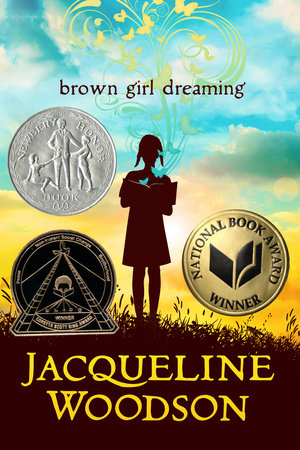
The National Book Award-winning Brown Girl Dreaming by Jacqueline Woodson should be counted as a classic along the lines of I Know Why the Caged Bird Sings and The Diary of Anne Frank, memoirs of strong, spirited girls living through extraordinary historical circumstances, each of whom possess a love of language that help them cope with painful life circumstances. But this book also exists in a literary class by itself. Told as a series of interconnected narrative poems, Woodson’s personal story pushes the boundaries of the memoir form, creating something that is wholly unique. The language is lyrical and sophisticated, yet highly accessible to readers across generations – even to those who do not consider themselves fans of traditional poetry. Part of the book’s power lies in its inability to be easily labeled. Born in 1963, Woodson traces her upbringing growing up in the North (Ohio), then the South (South Carolina), and then back to the North again (this time Brooklyn) during a time of great social and political upheaval in America. As a child as young as five, she bore witness to the civil rights-era sit-ins and marches happening in South Carolina, knew what it was to sit in the back of a bus, to bow her head to whites on the street, to avoid stores that would not serve her family, and she struggled to understand America’s invisible dividing line between the supposed promised land of the North and the restrictive Jim Crow South. Woodson writes honestly about feeling torn between the economic opportunities in the North and the deep love she feels for her family roots in the South. But the book’s greatest gift may be the glimpse it offers the reader into how a writer is born. We watch Woodson go from falling in love with stories as a toddler to falling in love with the written word as an older child to ultimately announcing to her family her intention to become a professional writer. Against such challenges as having a learning disability and family members who urged her to try for a more sensible career, like becoming a teacher or “doing hair,” Woodson follows her dream. This book is a moving personal history and an inspiration to burgeoning writers.
Check out Woodson's website for some great resources for children, parents, and teachers.
Many thanks to this special review from author and parent, Attica Locke. In addition to the National National Book award, Brown Girl Dreaming won multiple Youth Media awards from the American Library Association (the Coretta Scott King Award Book Award and Newbery and Siebert honors).

